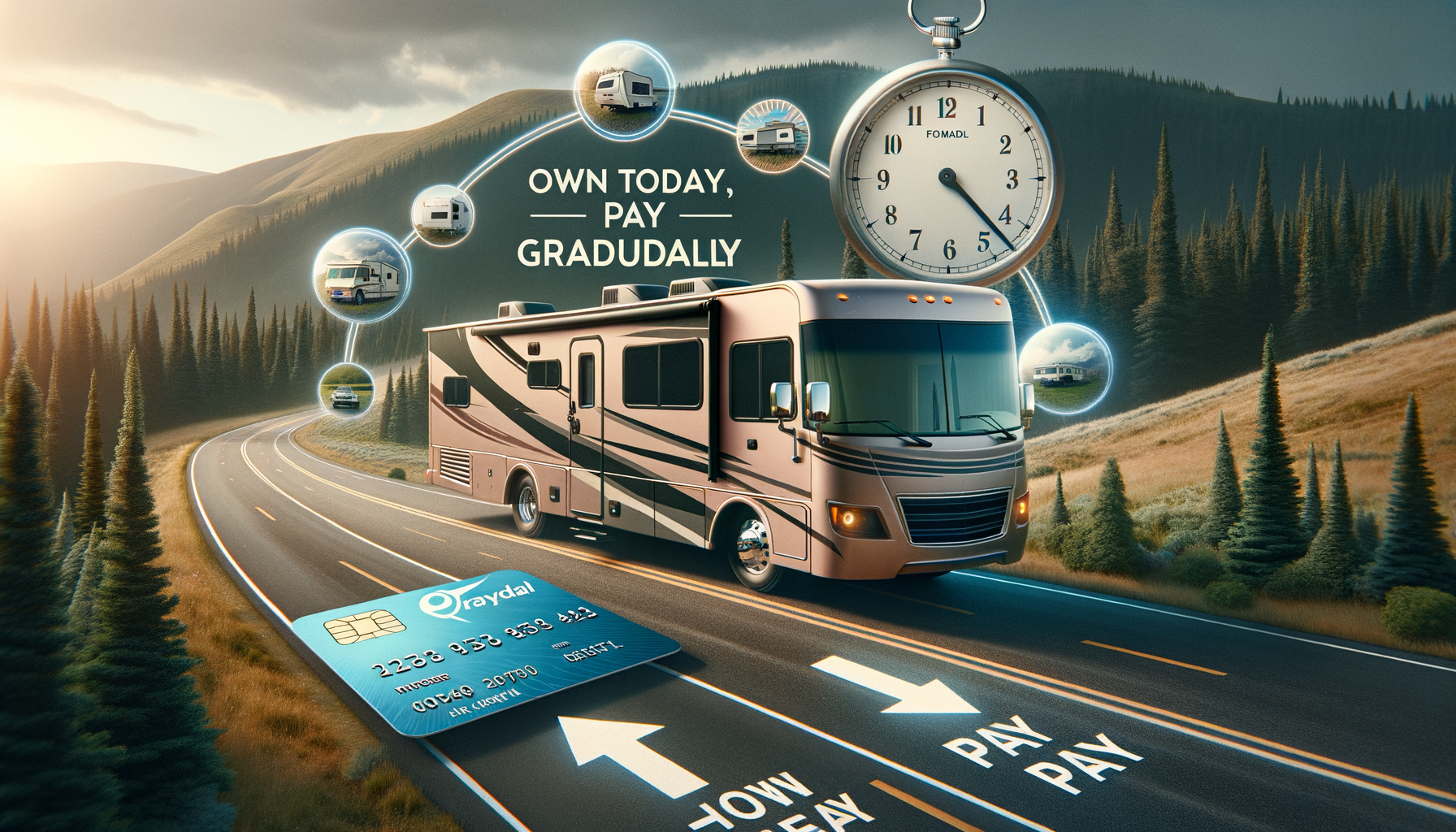
A Journey Through Affordable RV Financing: Own Today, Pay Gradually
Understanding RV Financing Options
For many, the allure of owning an RV lies in the freedom and adventure it promises. However, the substantial cost associated with purchasing an RV can be a significant barrier. Fortunately, there are various financing options available to make RV ownership more accessible. Understanding these options is crucial to making an informed decision that aligns with your financial situation.
Primarily, RV financing can be divided into two main categories: secured and unsecured loans. Secured loans require collateral, typically the RV itself, which can result in lower interest rates. On the other hand, unsecured loans do not require collateral but may come with higher interest rates. Each option has its pros and cons, and the choice largely depends on your financial stability and credit score.
Moreover, specialized RV loans offered by banks and credit unions are tailored specifically for RV purchases. These loans usually offer flexible terms and competitive interest rates. Additionally, some dealerships provide in-house financing options, which can simplify the purchasing process by offering a one-stop-shop experience. However, it’s essential to compare rates and terms from various lenders to ensure you secure the most favorable deal.
Evaluating Your Financial Readiness
Before diving into the world of RV financing, it’s vital to evaluate your financial readiness. This involves assessing your current financial situation, including your income, expenses, and existing debts. A thorough understanding of your finances will help you determine how much you can afford to spend on an RV and the type of financing that suits you best.
Start by calculating your monthly budget to see how much room you have for an additional loan payment. Consider all potential costs associated with RV ownership, such as insurance, maintenance, and storage fees. It’s also wise to have a contingency fund for unexpected expenses that may arise during your RV adventures.
Another critical factor is your credit score, as it significantly impacts the interest rates and terms you qualify for. A higher credit score can lead to more favorable loan conditions, ultimately reducing the overall cost of financing. If your credit score is less than ideal, consider taking steps to improve it before applying for an RV loan.
Choosing the Right Lender
Once you’re financially prepared, the next step is choosing the right lender. With various options available, it’s crucial to select a lender that offers favorable terms and aligns with your financial goals. Banks, credit unions, online lenders, and RV dealerships all provide financing options, each with its unique advantages.
Banks and credit unions often offer competitive interest rates and terms, especially for customers with strong credit histories. They may also provide additional benefits, such as discounts for existing customers or bundled financial products. On the other hand, online lenders can offer convenience and speed, often providing quick approvals and flexible terms.
It’s essential to compare offers from multiple lenders to ensure you’re getting the best deal. Pay close attention to the annual percentage rate (APR), loan term, and any additional fees or penalties. Additionally, consider the lender’s reputation and customer service, as these factors can significantly impact your overall experience.
Understanding Loan Terms and Conditions
When navigating RV financing, understanding the terms and conditions of your loan is crucial. These details can significantly affect the total cost of your RV and your long-term financial health. Key aspects to consider include the interest rate, loan term, and any associated fees.
The interest rate is a critical factor, as it determines how much you’ll pay in addition to the principal amount over the life of the loan. Fixed interest rates remain constant, providing predictable monthly payments, while variable rates can fluctuate, potentially leading to higher costs.
Loan terms typically range from 5 to 20 years, with longer terms resulting in lower monthly payments but higher overall interest costs. It’s important to strike a balance between affordable monthly payments and minimizing interest expenses.
Be aware of any additional fees, such as origination fees, prepayment penalties, or late payment charges. These can add up over time, affecting the total cost of your loan. Always read the fine print and ask your lender to clarify any terms you don’t understand.
Making the Most of Your RV Investment
Once you’ve secured financing and purchased your RV, it’s time to make the most of your investment. Proper maintenance and care are essential to preserving the value of your RV and ensuring it remains a reliable travel companion for years to come.
Regular maintenance tasks, such as checking tire pressure, inspecting seals, and servicing the engine, can prevent costly repairs and extend the life of your RV. Additionally, investing in quality insurance coverage can protect your RV from unforeseen events, providing peace of mind during your travels.
Finally, consider joining RV communities and clubs to connect with fellow enthusiasts. These groups offer valuable resources, including travel tips, maintenance advice, and social events. By engaging with the RV community, you can enhance your ownership experience and make lasting memories on the road.

